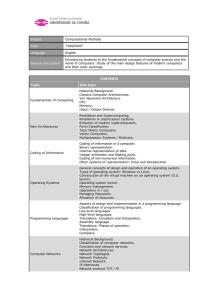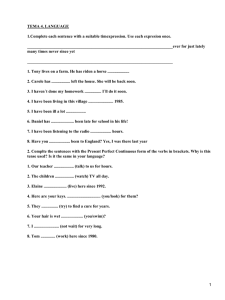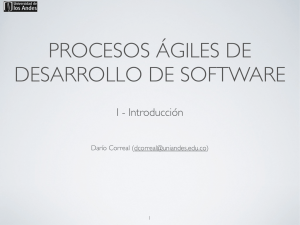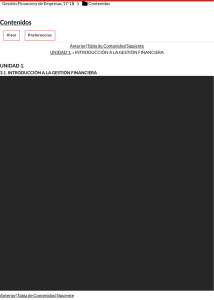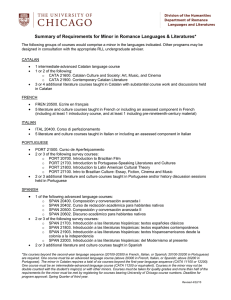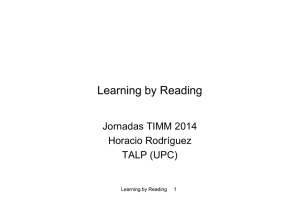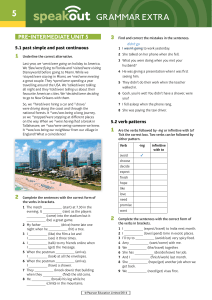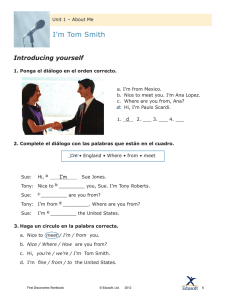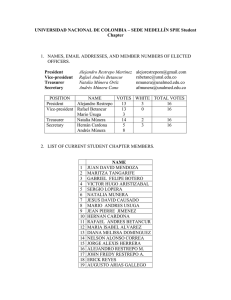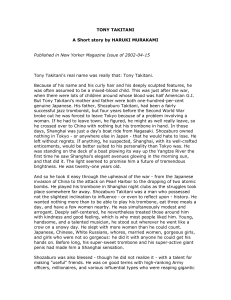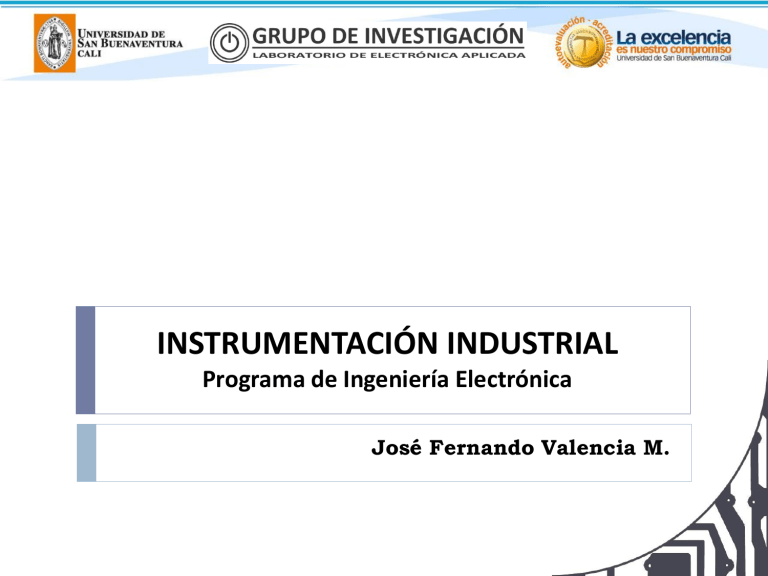
INSTRUMENTACIÓN INDUSTRIAL Programa de Ingeniería Electrónica José Fernando Valencia M. Presentación del curso • Introducción a la Instrumentación Industrial • Programa analítico Introducción • • • • • • • ¿Qué es la instrumentación? ¿Porqué es importante? ¿Qué relación guarda con el control de un proceso? ¿Cuáles son las características básicas de un instrumento? ¿En que influye la selección correcta de un instrumento? Introducción (2008-2017 by Tony R. Kuphaldt) • Instrumentation is the science of automated measurement and control. • Applications of this science abound in modern research, industry, and everyday living • If we can’t measure something, it is really pointless to try to control it. Introducción (2008-2017 by Tony R. Kuphaldt) • Fluid pressure • Fluid flow rate • The temperature of an object • Fluid volume stored in a vessel • Chemical concentration • Machine position, motion, or acceleration • Physical dimension(s) of an object • Count (inventory) of objects • Electrical voltage, current, or resistance Introducción (2008-2017 by Tony R. Kuphaldt) The final control device usually takes one of the following forms: • Control valve (for throttling the flow rate of a fluid) • Electric motor • Electric heater Introducción (2008-2017 by Tony R. Kuphaldt) Example: boiler water level control system Steam boilers are very common in industry, principally because steam power is so useful. Common uses for steam in industry include doing mechanical work (e.g. a steam engine moving some sort of machine), heating, producing vacuums (through the use of “steam ejectors”), and augmenting chemical processes (e.g. reforming of natural gas into hydrogen and carbon dioxide). Introducción (2008-2017 by Tony R. Kuphaldt) Example: boiler water level control system Introducción (2008-2017 by Tony R. Kuphaldt) Example: wastewater disinfection The following P&ID (Process and Instrument Diagram) shows how such a control system might look: Introducción (2008-2017 by Tony R. Kuphaldt) Example: chemical reactor temperature control Sometimes we encounter a diversity of instrument signal standards in one control system. Introducción (2008-2017 by Tony R. Kuphaldt) Other types of instruments So far we have just looked at instruments that sense, control, and influence process variables. Transmitters, controllers, and control valves are respective examples of each instrument type. However, other instruments exist to perform useful functions for us. Indicators Introducción (2008-2017 by Tony R. Kuphaldt) Other types of instruments Recorders: the purpose of which is to draw a graph of process variable(s) over time Introducción (2008-2017 by Tony R. Kuphaldt) Other types of instruments Process switches and alarms: Usually, switches are used to activate alarms to alert human operators to take special action. In other situations, switches are directly used as control devices. Introducción (2008-2017 by Tony R. Kuphaldt) Process switches and alarms: An example of an electronic alarm module (the Moore Industries model SPA “Site Programmable Alarm”) Programa analítico
